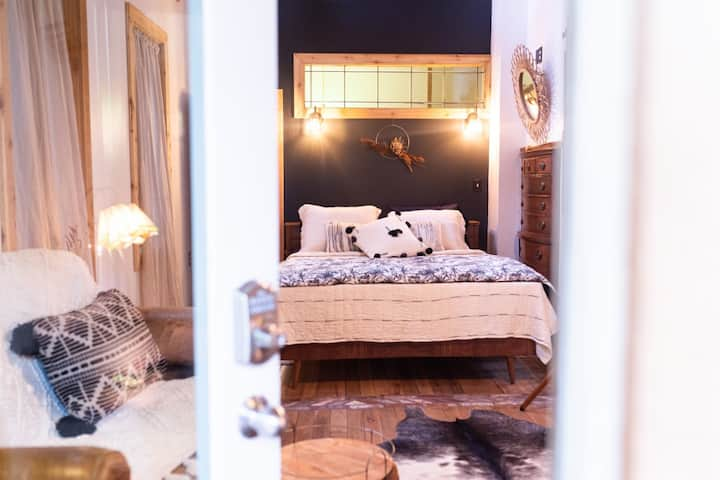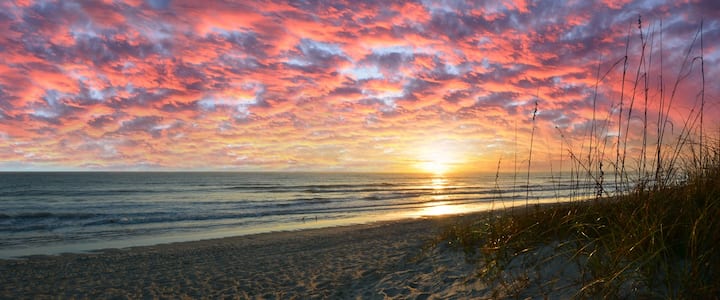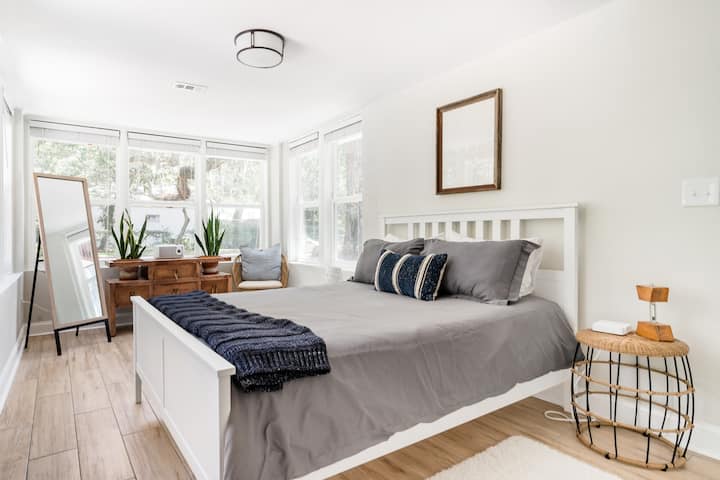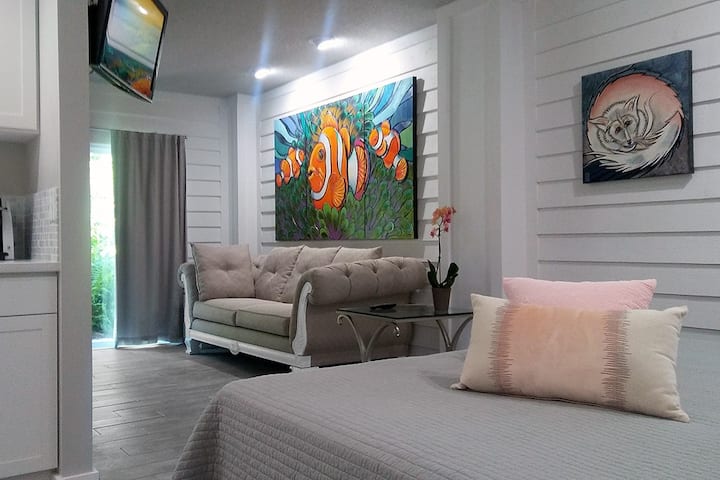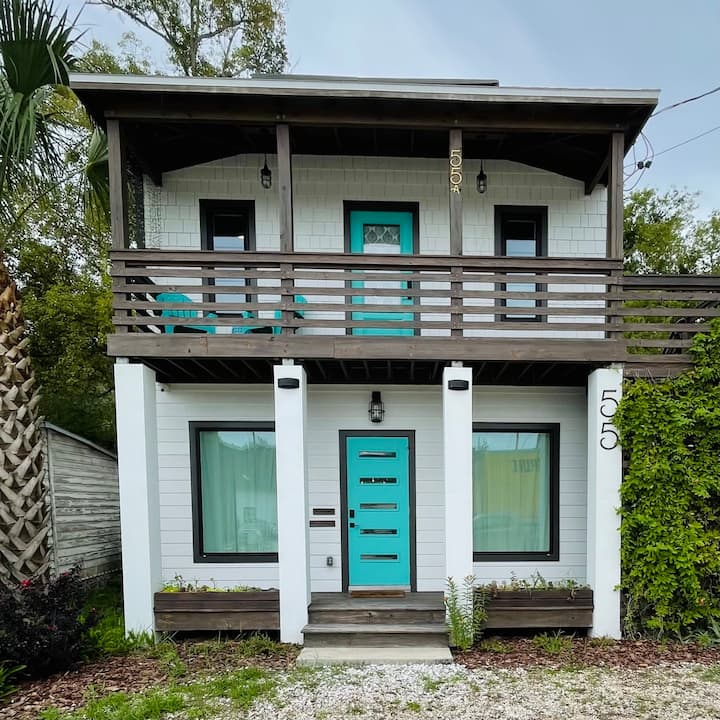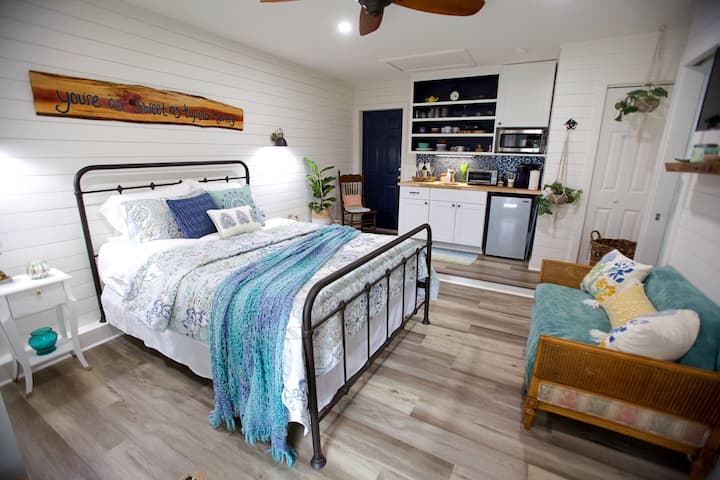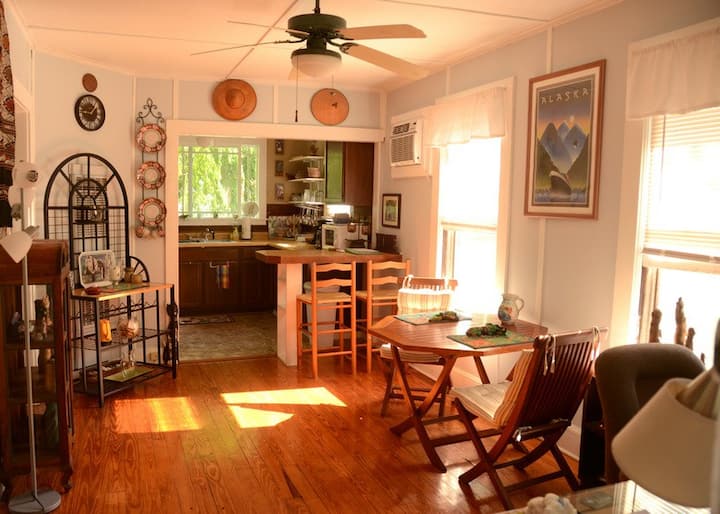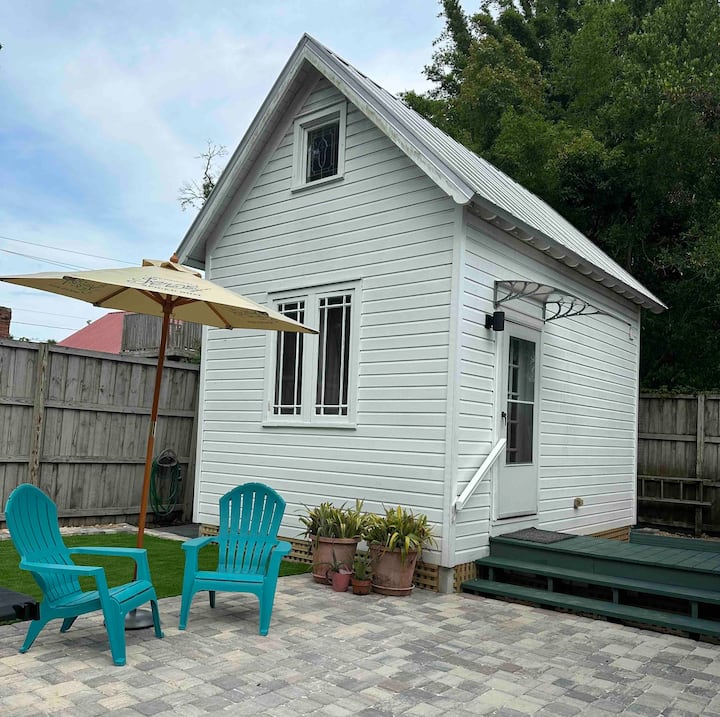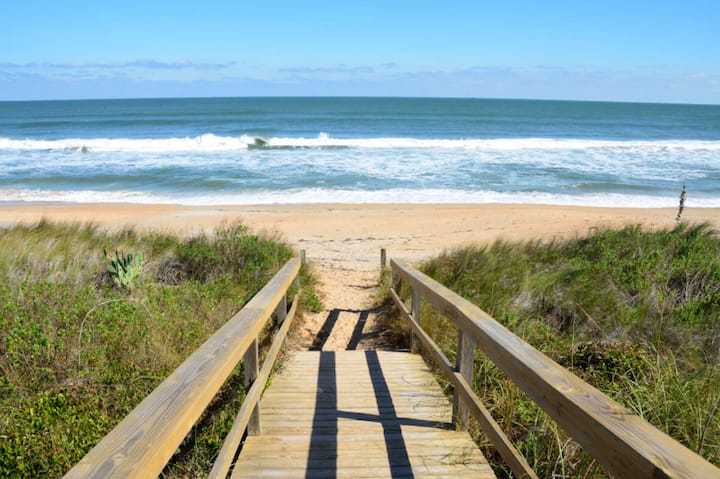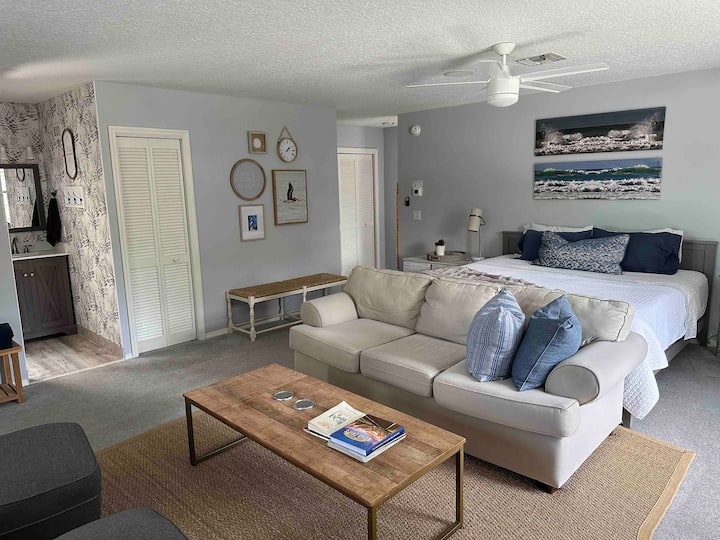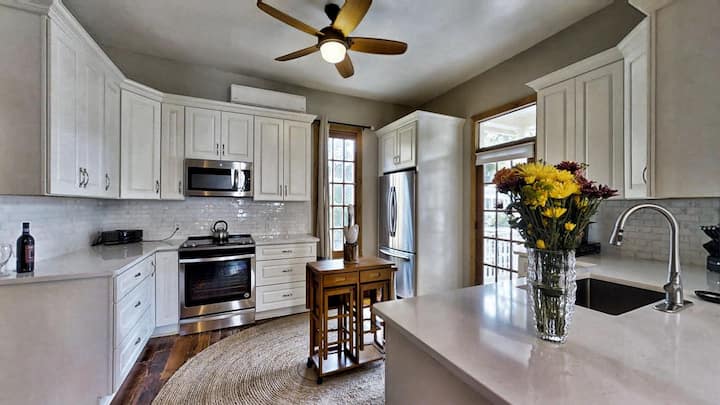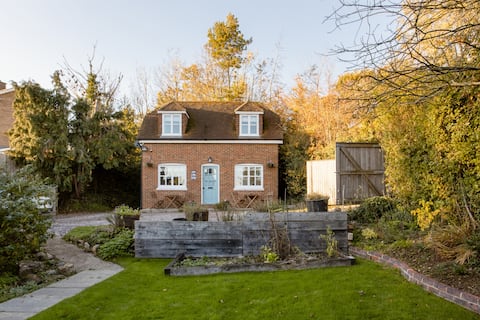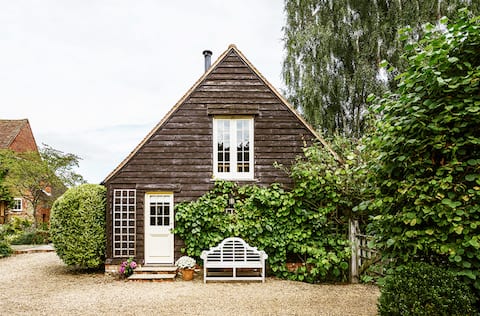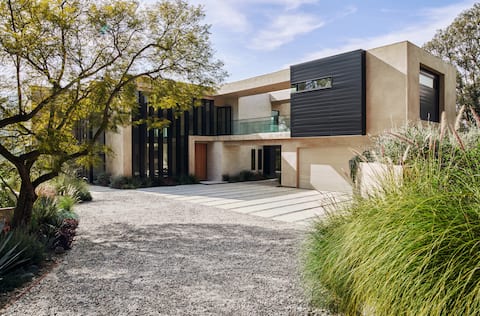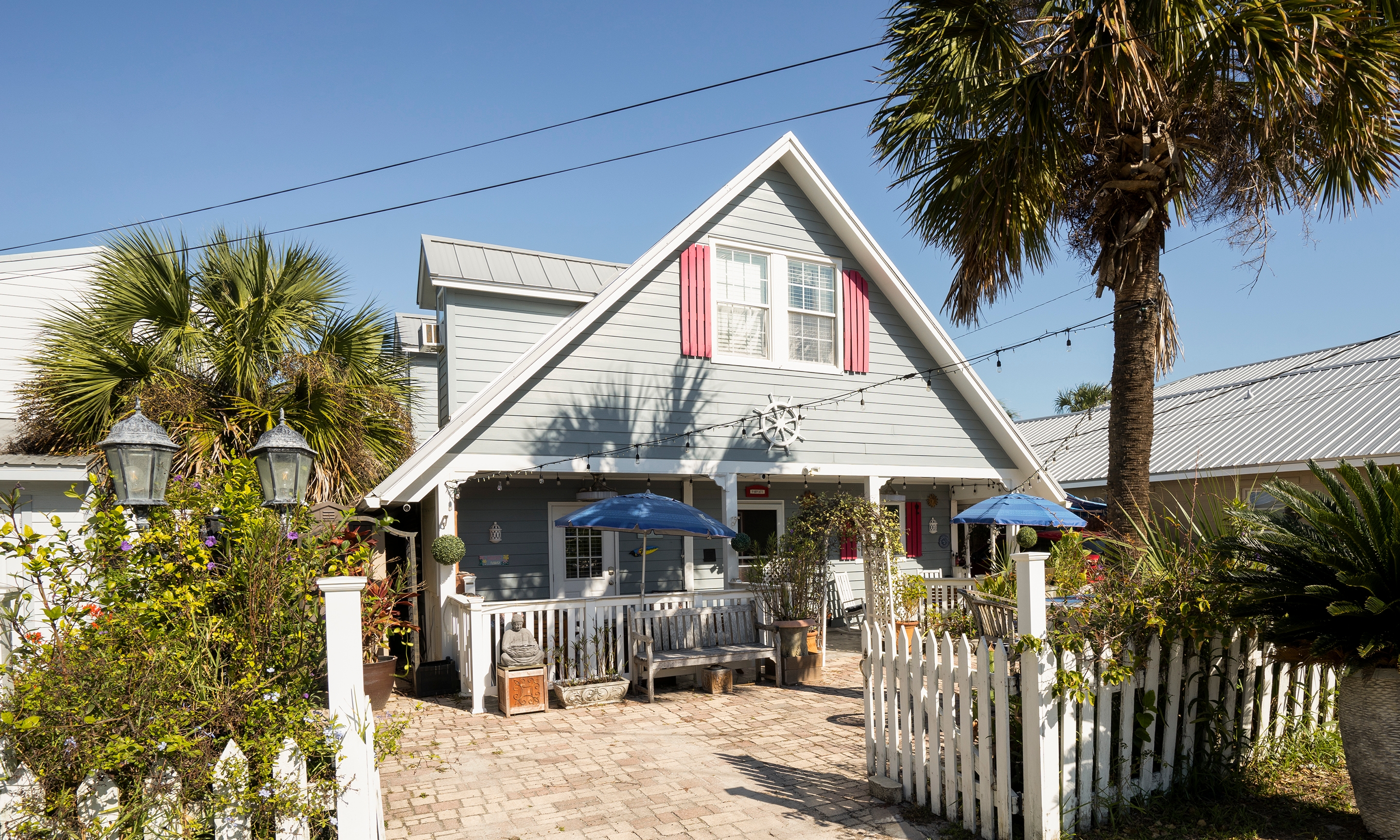
St. Augustine vacation rentals
Book unique homes, vacation rentals, and more on Airbnb
Top-rated vacation rentals in St. Augustine
Guests agree: these vacation rentals are highly rated for location, cleanliness, and more.
Vacation rentals for every style
Get the amount of space that is right for you
Popular amenities for St. Augustine vacation rentals
Stay near St. Augustine's top sights
St. Augustine beach vacation rentals
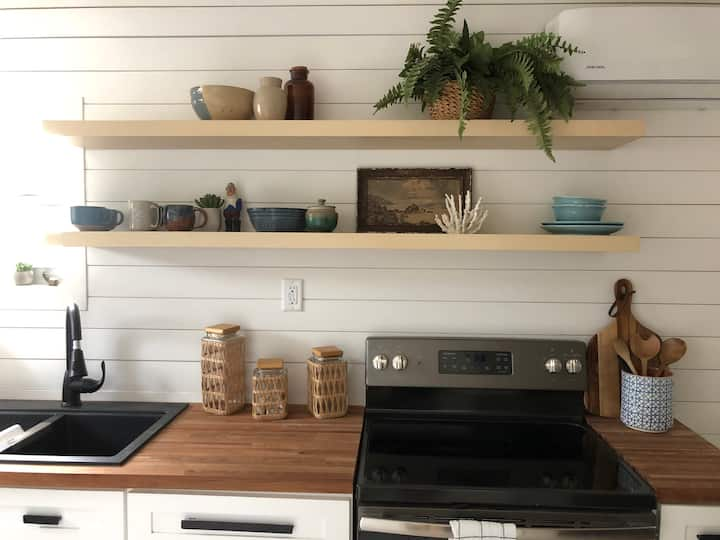
Guesthouse in St. Augustine
4.85 out of 5 average rating, 248 reviewsTiny House three blocks from beach!
Feb 25 – Mar 4
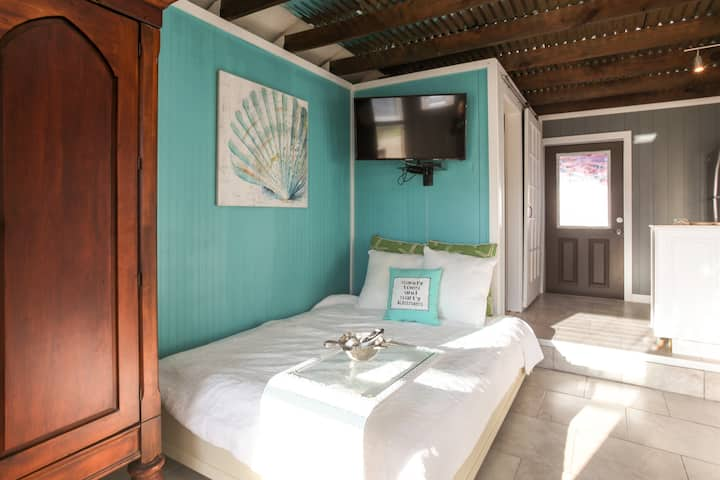
Cottage in St. Augustine
4.79 out of 5 average rating, 168 reviewsMermaid Cove Vilano Beach/Queen. Sleeps 2. Pet fee
Jan 2 – 9
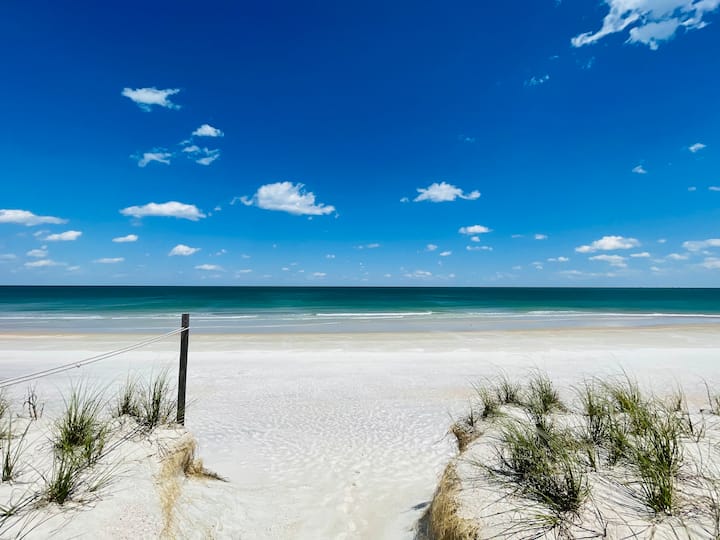
Guest suite in St. Augustine
4.99 out of 5 average rating, 186 reviewsVilano Beach Retreat- 2 minute walk to beach
May 29 – Jun 5
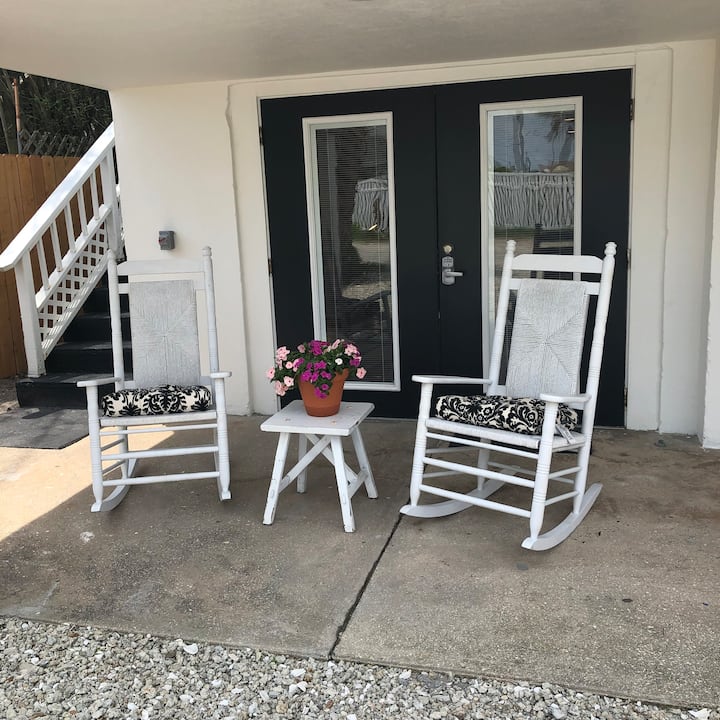
Apartment in St. Augustine
4.99 out of 5 average rating, 133 reviewsBeachside Studio
Nov 20 – 27
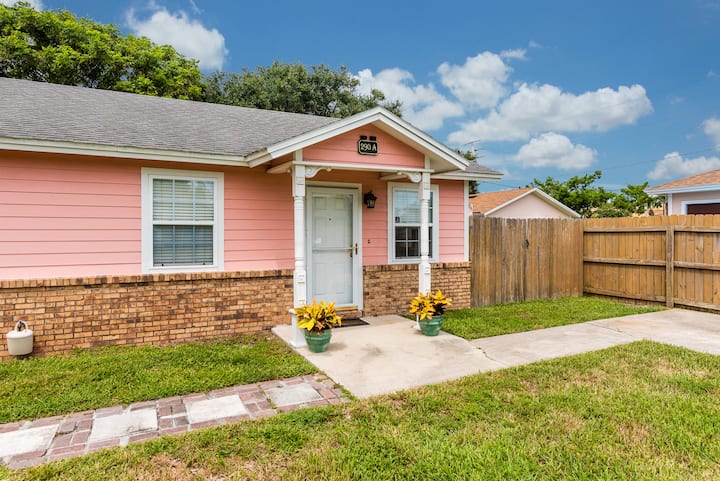
Guesthouse in St. Augustine
4.94 out of 5 average rating, 226 reviewsSunset Casita
Sep 23 – 30
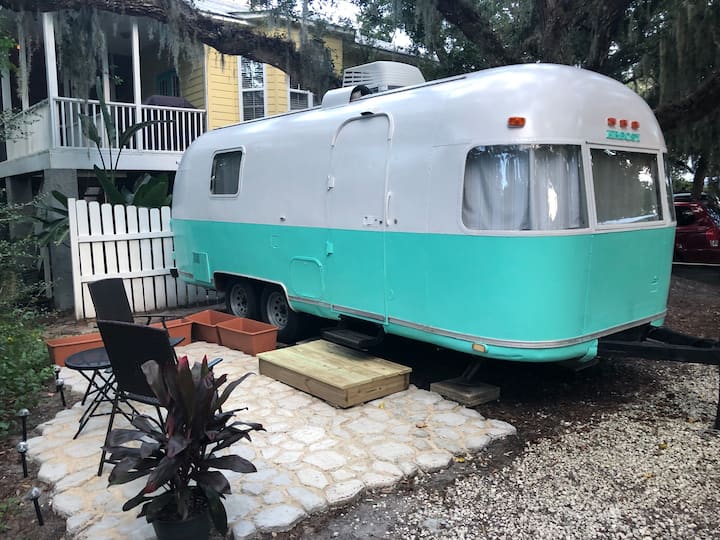
Camper/RV in St. Augustine
4.88 out of 5 average rating, 505 reviewsAirstreamin’ in St. Augustine Beach
Jun 6 – 13
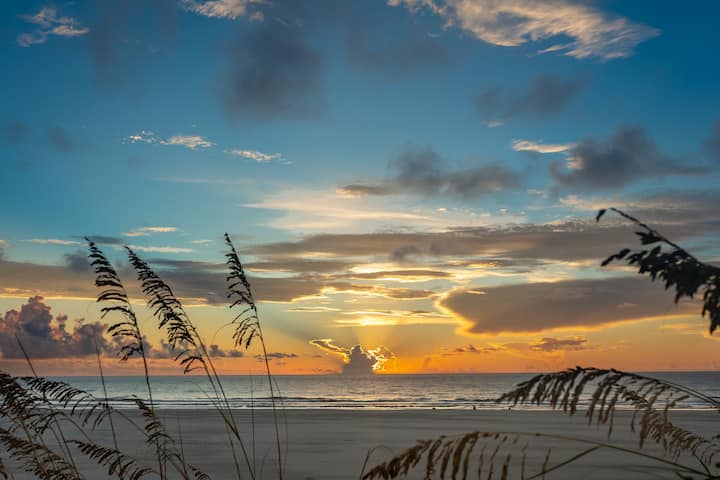
Guest suite in Saint Augustine
4.88 out of 5 average rating, 645 reviewsBeach and Serenity
Aug 28 – Sep 4

Guest suite in St. Augustine
4.95 out of 5 average rating, 270 reviews*Best Location in St. Augustine*
Jun 22 – 29
St. Augustine home rentals
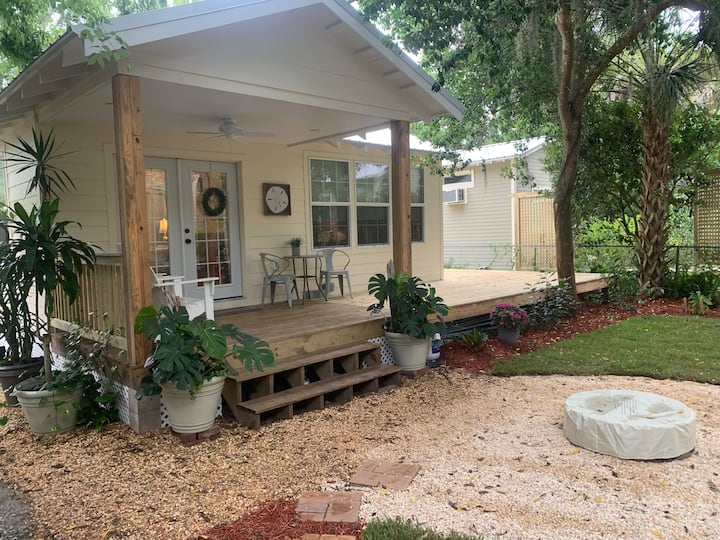
Home in St. Augustine
4.94 out of 5 average rating, 143 reviews“La Casita” A Charming Uptown St Augustine Cottage
Dec 16 – 23
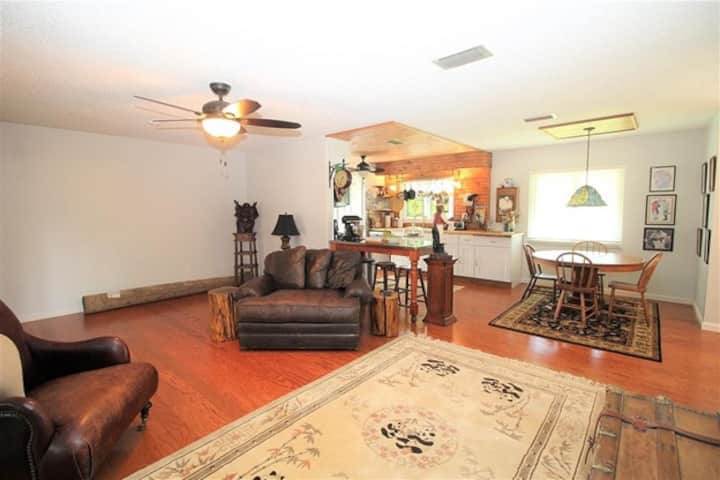
Home in St. Augustine
4.9 out of 5 average rating, 146 reviewsCharming home with great amenities
Sep 6 – 13
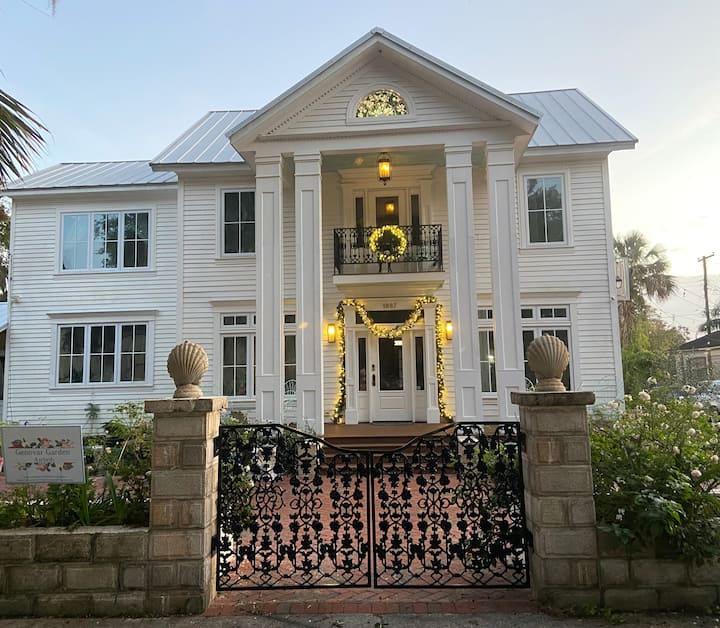
Home in St. Augustine
4.94 out of 5 average rating, 275 reviewsGenovar Mansion Master Suite Private Entrance
Oct 26 – Nov 2
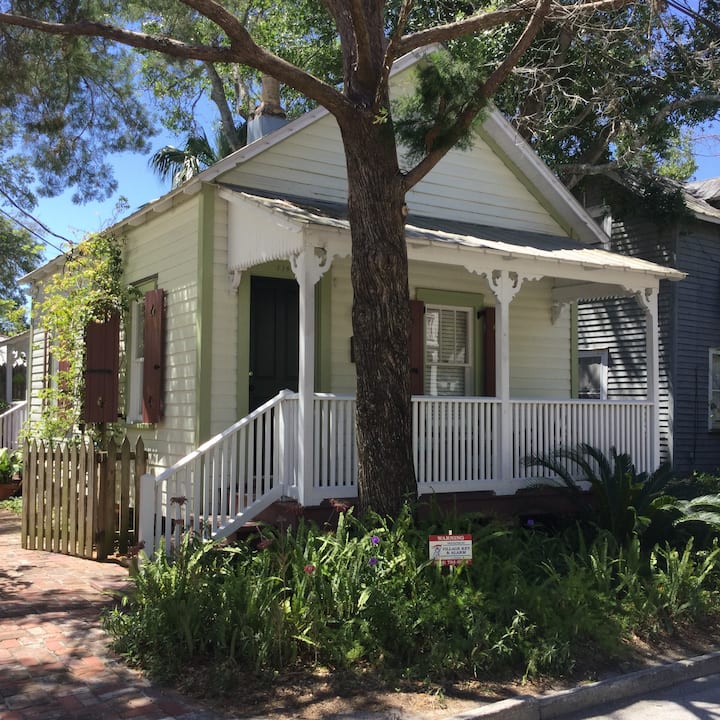
Home in Lincolnville
4.9 out of 5 average rating, 144 reviews119 1/2 Kings Ferry Way
Jan 9 – 16
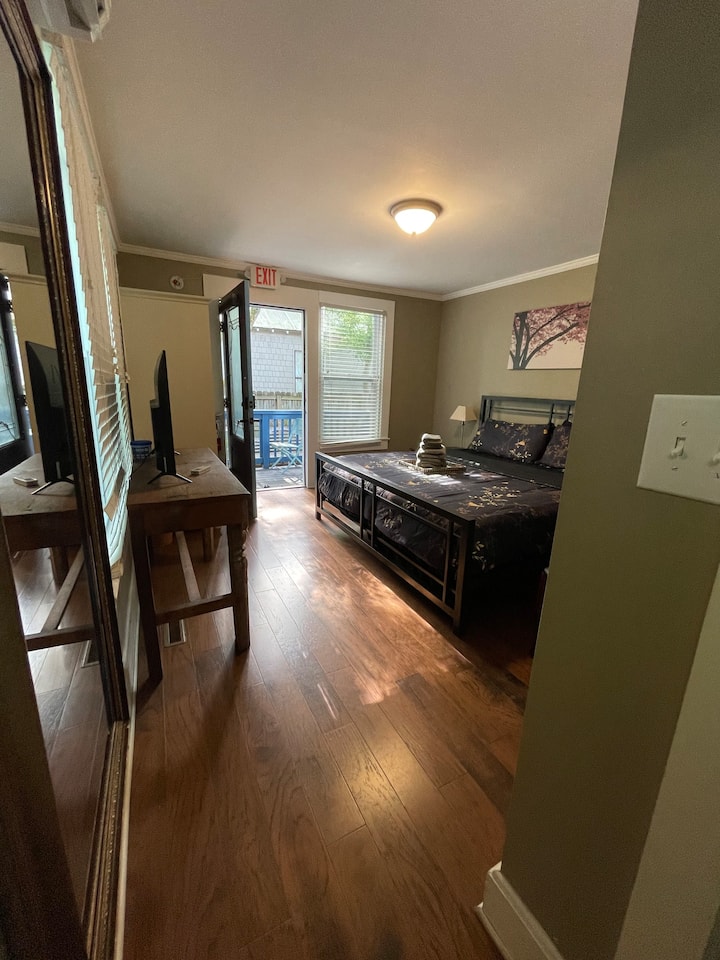
Home in St. Augustine
4.84 out of 5 average rating, 128 reviewsOld Town "Gem"
Aug 9 – 16

Home in St. Augustine
4.94 out of 5 average rating, 404 reviewsOur beautiful casa is ready for you!
Sep 13 – 20
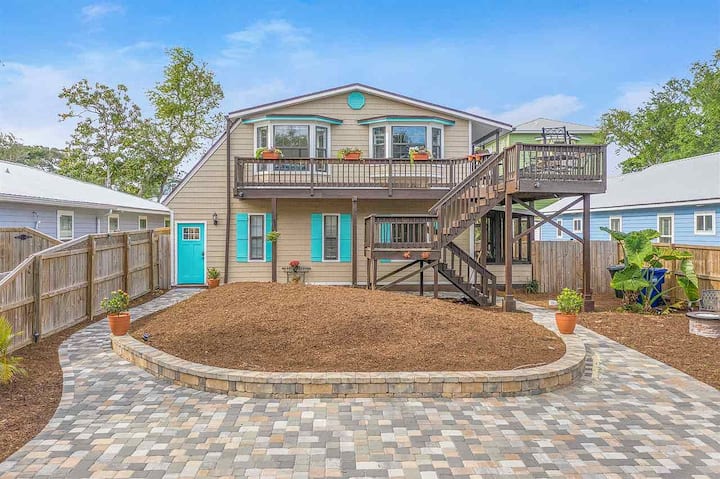
Home in St. Augustine
4.92 out of 5 average rating, 251 reviewsThe Meadow House
Mar 26 – Apr 2

Home in St. Augustine
4.88 out of 5 average rating, 112 reviewsVilla Mimi “Pirate” Oceanfront- near Oldest City
Aug 5 – 12
Beach home rentals in St. Augustine
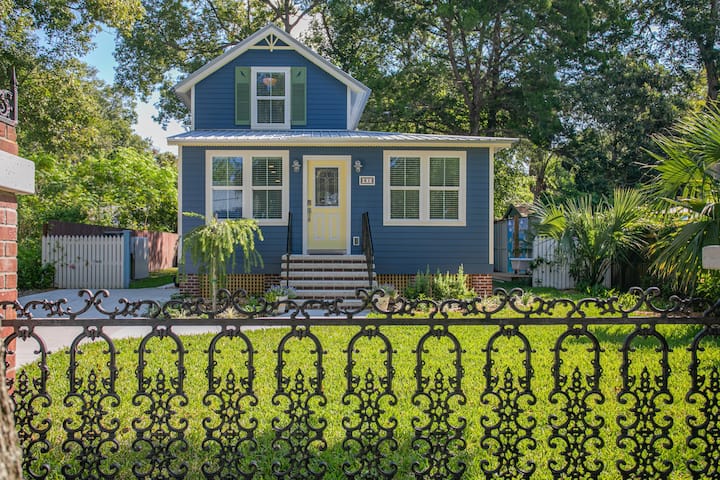
Home in Lincolnville
5.0 out of 5 average rating, 140 reviewsWalk Everywhere Downtown! “Blue Heaven”
Jan 2 – 9

Home in St. Augustine
4.87 out of 5 average rating, 114 reviewsThe Beach House at Crescent Beach
Sep 7 – 14
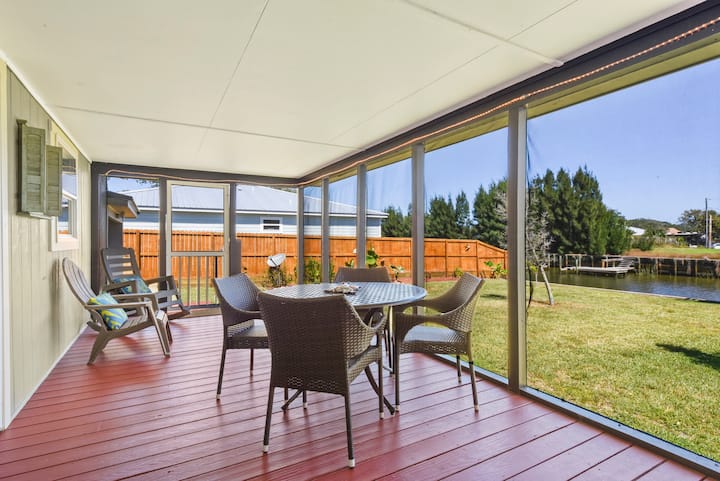
Home in St. Augustine
4.88 out of 5 average rating, 356 reviewsWaterfront Fisherman’s Treasure at Crescent Beach
Aug 21 – 28

Home in St. Augustine
4.97 out of 5 average rating, 147 reviews"CORAL COTTAGE" in St. Augustine near the Beach
Aug 1 – 8
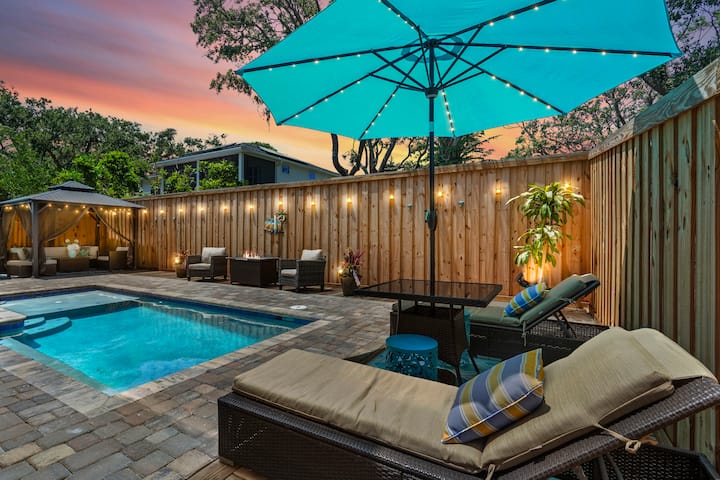
Home in St. Augustine
4.98 out of 5 average rating, 101 reviews"Once Upon A Tide" Beach House *Heated Pool* King
Nov 17 – 24
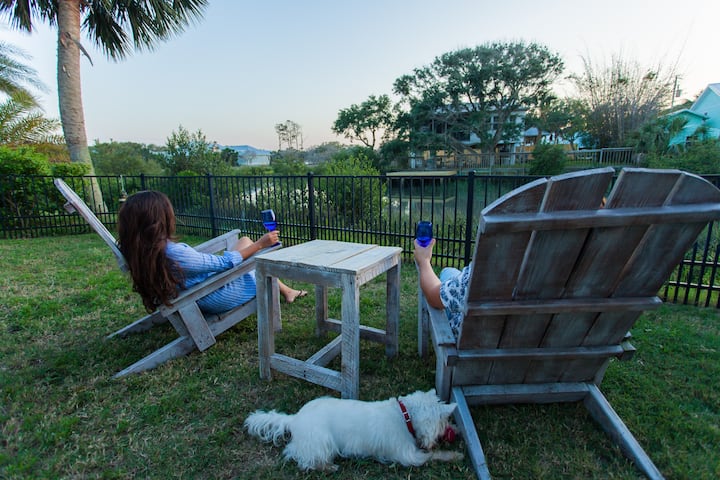
Home in Saint Augustine
4.87 out of 5 average rating, 171 reviewsCrescent Beach House
May 12 – 19
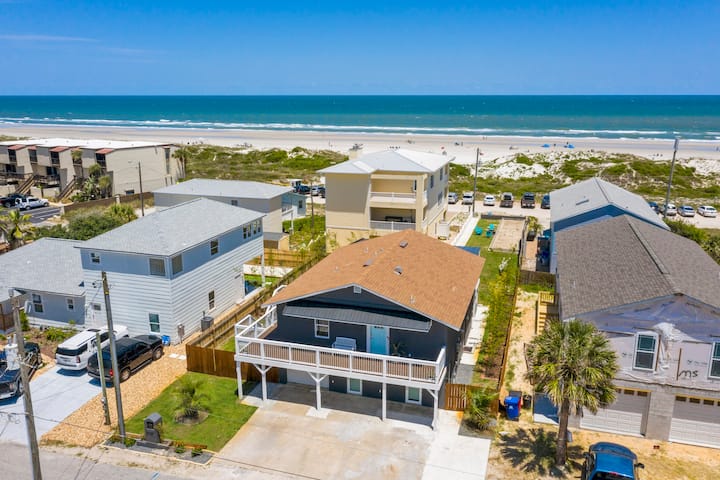
Home in St. Augustine
4.98 out of 5 average rating, 125 reviewsLuxurious Oceanfront Home
Aug 4 – 11
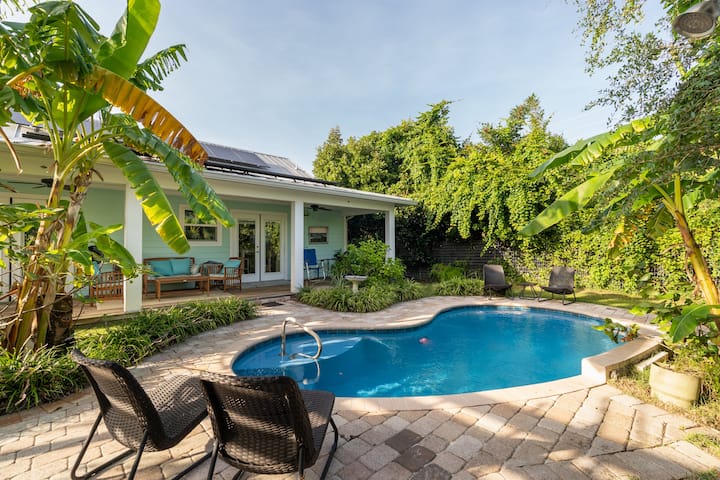
Home in St. Augustine
4.96 out of 5 average rating, 104 reviewsDune Bungalow
Nov 22 – 29
Quick stats about vacation rentals in St. Augustine
Total rentals | 1.9K properties |
|---|---|
Rentals with a pool | 430 properties have a pool |
Pet-friendly rentals | 750 properties allow pets |
Family-friendly rentals | 1.3K properties are a good fit for families |
Total number of reviews | 122K reviews |
Nightly prices starting at | $10 before taxes and fees |
Your guide to St. Augustine
All About St. Augustine
Founded in 1565 by a Spanish admiral, St. Augustine is the oldest continuously inhabited European settlement in the United States. Some historians believe this is the first place the Spanish explorer Ponce de Leon struck ashore after his sail across the Atlantic Ocean. The streets are lined with Spanish colonial-style and Moorish architecture, and the city’s sprawling historical district is home to cobblestone streets and buildings dating back to the 1700s. It’s easy to get lost in the past here, but you’re still in Florida, so when you need a break from wandering the centuries-old streets, you can seek respite at pretty Vilano Beach, a ten-minute drive from downtown.
The best time to stay in a vacation rental in St. Augustine
The summer in St. Augustine is hot and wet. June through September bring highs in the 80 and 90s Fahrenheit and frequent rain showers. If you’re traveling in these months, pack light, breathable clothes and bring an umbrella or waterproof clothing. October through May brings temperatures ranging from the mid-60s to the high 70s. The coldest month is January, with an average high of 66 degrees. The city is also prone to occasional flooding, so bring some waterproof shoes along with your flipflops.
Top things to do in St. Augustine
Castillo de San Marcos
Built in 1695 to fend off marauding pirates and other enemies, the imposing and stately Castillo de San Marcos is the oldest stone fort in the nation. Its walls, which are built from coquina — limestone formed by ancient shells — are 14 feet thick in some places. You can explore the vaulted casements (chambers where food, ship repair materials, and up to 200,000 cannonballs were stored) and climb the stone steps to the gun deck where up to 60 cannons were mounted. Check the website for a schedule of live reenactments, which include cannon firings.
Villa Zorayda Museum
A millionaire hardware merchant from Boston modeled his winter home in St. Augustine on the Alhambra, a 35-acre palace in Spain built over 1,000 years ago. Built in 1883 from a mixture of coquina and concrete, the Moorish-style house is an ornate tribute to what money can buy, with a three-story tower and a two-story interior atrium ringed by horseshoe arches. The house is now a museum that houses eccentric antiques, including the Sacred Cat Rug, which is reportedly 2,400 years old and woven from Egyptian cat hair.
ACCORD Freedom Trail
One of St. Augustine’s most historically significant neighborhoods is known for its role in the Civil Rights movement. Lincolnville, founded by freedmen after the Civil War, was a nexus for activism in the 1960s, when Black residents risked their lives to desegregate local businesses, staged sit-ins and protests, and played a vital role in the passage of the Civil Rights Act of 1964. Rev. Dr. Martin Luther King Jr. visited St. Augustine several times, and was arrested here when participating in a protest at a segregated restaurant. Visit the ACCORD Freedom Trail website to find a self-guided tour and detailed descriptions of 31 historical sites marked with interpretive plaques.
Frequently Asked Questions
How is the weather in St. Augustine?
St. Augustine typically has a humid subtropical climate. The summer months can get rather hot, averaging around 90°F (32°C), while winter temperatures fluctuate between 45°F (7°C) and 65°F (18°C). The city enjoys plenty of sunshine throughout the year, except for the rainy season from June to September.
What are some of the best things to do in St. Augustine?
Visitors to St. Augustine can explore the St. Augustine Lighthouse & Maritime Museum, take a stroll through the historic district, or visit the Castillo de San Marcos. For beach lovers, Anastasia State Park is a great place to relax and soak up the sun.
What is the best time of year to visit St. Augustine?
The most frequented time to visit St. Augustine is from March to May, when the weather is mild and the city hosts a variety of events like the Lions Seafood Festival and the Flower & Garden Expo. The Nights of Lights event, held from November to January, also draws a lot of visitors.
What are the best places to stay in St. Augustine?
St. Augustine has several neighborhoods that visitors often enjoy. The Historic District is known for its rich history, while St. Augustine Beach offers proximity to the sea. Vilano Beach and Anastasia Island are also loved for their peaceful residential vibes and stunning beachfront views.
What are the best places to visit in St. Augustine?
Visitors to St. Augustine often enjoy exploring the historic Castillo de San Marcos, visiting the Lightner Museum, and strolling around the Spanish colonial architecture in the city's historic district. The St. Augustine Lighthouse & Maritime Museum is also a popular destination.
What are some hiking trails in St. Augustine?
For those who love to explore nature, Anastasia State Park and Guana Tolomato Matanzas National Estuarine Research Reserve have several trails. Trail enthusiasts might also enjoy the St. Augustine Seawall Walk, which provides scenic views of the city and the sea.
What are some family activities to do in St. Augustine?
Families visiting St. Augustine can enjoy a fun day at the Pirate & Treasure Museum, explore the animals at the St. Augustine Alligator Farm, or take a trolley tour of the city. The St. Augustine Lighthouse & Maritime Museum is also a favorite destination for families.
What are some of the best day trip ideas in St. Augustine?
For those looking to explore beyond St. Augustine, Jacksonville and Daytona Beach are within an hour's drive. You could also visit the Timucuan Ecological and Historic Preserve or go bird watching at the Alligator Farm Zoological Park.
Are there vacation rentals with a dedicated workspace in St. Augustine?
Yes! Work meets play with ease at over 1,080 vacation rentals in St. Augustine featuring dedicated workspaces. Stay connected and productive in your home away from home.
Are there pet-friendly vacation rentals in St. Augustine?
Four-legged friends are welcome in St. Augustine. Choose from more than 750 vacation rentals for guests traveling with pets.
Destinations to explore
- Orlando Vacation rentals
- Kissimmee Vacation rentals
- Tampa Vacation rentals
- Anna Maria Island Vacation rentals
- Sarasota Vacation rentals
- Charleston Vacation rentals
- West Palm Beach Vacation rentals
- Boca Raton Vacation rentals
- Naples Vacation rentals
- Fort Lauderdale Vacation rentals
- Miami Beach Vacation rentals
- Miami Vacation rentals
- Kid-friendly rentals St. Augustine
- Bed and breakfasts St. Augustine
- Rentals with a kayak St. Augustine
- Beach house rentals St. Augustine
- Pet-friendly rentals St. Augustine
- Cottage rentals St. Augustine
- Family-friendly rentals St. Augustine
- Private suite rentals St. Augustine
- House rentals St. Augustine
- Rentals with outdoor seating St. Augustine
- Rentals with a patio St. Augustine
- Rentals with a fireplace St. Augustine
- Rentals with lake access St. Augustine
- Rentals with beach access St. Augustine
- Condo rentals St. Augustine
- Rentals with a washer and dryer St. Augustine
- Rentals with an EV charger St. Augustine
- Guesthouse rentals St. Augustine
- Rentals with pools St. Augustine
- Villa rentals St. Augustine
- Beachfront rentals St. Augustine
- Rentals with a hot tub St. Augustine
- Rentals with a fire pit St. Augustine
- Beach condo rentals St. Augustine
- Apartment rentals St. Augustine
- Townhouse rentals St. Augustine
- Rentals with breakfast St. Augustine
- Waterfront rentals St. Augustine
- Fitness-friendly rentals St. Augustine
- Monthly Rentals St. Augustine
- Cabins United States
- Treehouses United States
- Glamping United States
- Tiny Houses United States
- Beach Houses United States
- Campers and RVs United States
- Lakehouses United States
- Yurt Rentals United States
- Yurt Rentals United Kingdom
- Castle Rentals United States
- Houseboats United States
- Holiday Caravans United Kingdom
- Private Island Rentals United States
- Farm Houses United States
- Farm Cottages United Kingdom
- Cabin Rentals Australia
- Luxury Cabins United Kingdom
- Luxury Cabins United States
- Holiday Chalets United Kingdom
- Cottage Rentals United States
- Holiday Cottages United Kingdom
- Mansion Rentals United States
- Villa Rentals United Kingdom
- Holiday Bungalows United Kingdom
- Bungalow Rentals United States
- Condo Rentals United States
- Holiday Apartments Australia
- Holiday Houses United States
- Holiday Houses United Kingdom
- Private Holiday Rentals United Kingdom
- Big House Rentals United States
- Big Cottages Australia
- Large Villas United Kingdom
- House Rentals with a Pool United States
- Cabin Rentals with a Pool United States
- Villas with a Pool United Kingdom
- Apartments with a Hot Tub United States
- Holiday Cottages with a Hot Tub United Kingdom
- Beach Cabins United States
- Beach Condos United States
- Beachfront Rentals United States
- Beach Houses United Kingdom
- Beach Villas United Kingdom
- Coastal Cottages United Kingdom
- Pet-Friendly Vacation Rentals United States
- Pet-Friendly Beach Rentals United States
- Pet-Friendly Cabin Rentals United States
- Dog-Friendly Cottages United Kingdom
- Luxury Dog-Friendly Cottages United Kingdom
- Family travel hub Tips and inspiration
- Family budget travel Get there for less
- Vacation ideas for any budget Make it special without making it spendy
- Travel Europe on a budget How to take the kids to Europe for less
- Outdoor adventure Explore nature with the family
- Bucket list national parks Must-see parks for family travel
- Kid-friendly state parks Check out these family-friendly hikes
